Operation Friction was a Canadian military operation that saw the contribution of 4,500 Canadian Forces personnel to the 1991 Gulf War. The larger US components were Operation Desert Shield and Operation Desert Storm. Canada suffered no casualties during the conflict but since its end many veterans have complained of suffering from Gulf War syndrome.
Operation Friction saw approximately 4,500 CF personnel deployed to the Persian Gulf from August 1990-February 1991 with a peak deployment of 2,700 personnel during the Gulf War in January 1991.
The headquarters of the Canadian Forces in the Middle East was a joint headquarters established on November 6, 1990, and commanded by Commodore Kenneth J. Summers. It included a communications unit and various joint military staffs.
Naval operations
Before the war began on January 16, 1991, Canada’s naval forces patrolled the central Persian Gulf. When hostilities commenced, Captain Duncan "Dusty" Miller, Commander of the Canadian Naval Task Group, became the multinational co-ordinator for a large naval combat logistics area established in the southern Persian Gulf.
HMCS Terra Nova and Athabaskan escorted the United States hospital ships, USNS Comfort and Mercy, the latter with CF medical staff on board. HMCS Protecteur, an auxiliary oil replenishment ship, serviced all nations involved in naval operations within the Gulf. Five Sikorsky CH-124 Sea King helicopters based at CFB Shearwater and CFB Patricia's Bay were also attached to the Naval Task Group, performing reconnaissance, mine search and destroy, air-to-ship naval interdiction, utility and command-and-liaison tasks. A fourth Canadian ship HMCS Huron arrived in theatre after hositilities ceased and was the first allied ship to visit Kuwait.
Air operations
The CF provided combat air patrols in the north and central areas of the Persian Gulf. These patrols worked with the coalition air forces to protect coalition naval forces and land bases from Iraqi air attacks.
As the conflict progressed, the Canadian Air Task Group took on other combat roles, such as sweep and escort for coalition bombing missions and later, air-to-ground bombing missions. Canadian airmen were credited for partially destroying an Iraqi patrol boat in the Persian Gulf, and completed 56 CF-18 bombing sorties against Iraqi forces.
Canadian Field Hospital
On the day that the US Operation Desert Storm component of the Gulf War began, January 16, 1991, Canada announced that it would send a field hospital to the Persian Gulf region. As a result, 1 Canadian Field Hospital from Petawawa, Ontario, joined the British land forces and was deployed in the Saudi Arabian desert behind 1 (UK) Armoured Division. The hospital became fully operational on February 25, 1991, only a few days before the hostilities ceased; it stopped operating on March 4, 1991.
Canadian Forces in the Gulf were supported by Air Command’s Transport Group, providing personnel and cargo transport using a fleet of 27 CC-130 Hercules and five CC-137 Boeing 707, one of which was used in the Gulf as an air-to-air refueler for coalition air forces. The Transport Group also provided a CC-144 Challenger in a command-and-liaison role for the deployed Commander of the Canadian Forces.
 Fallen
Fallen
